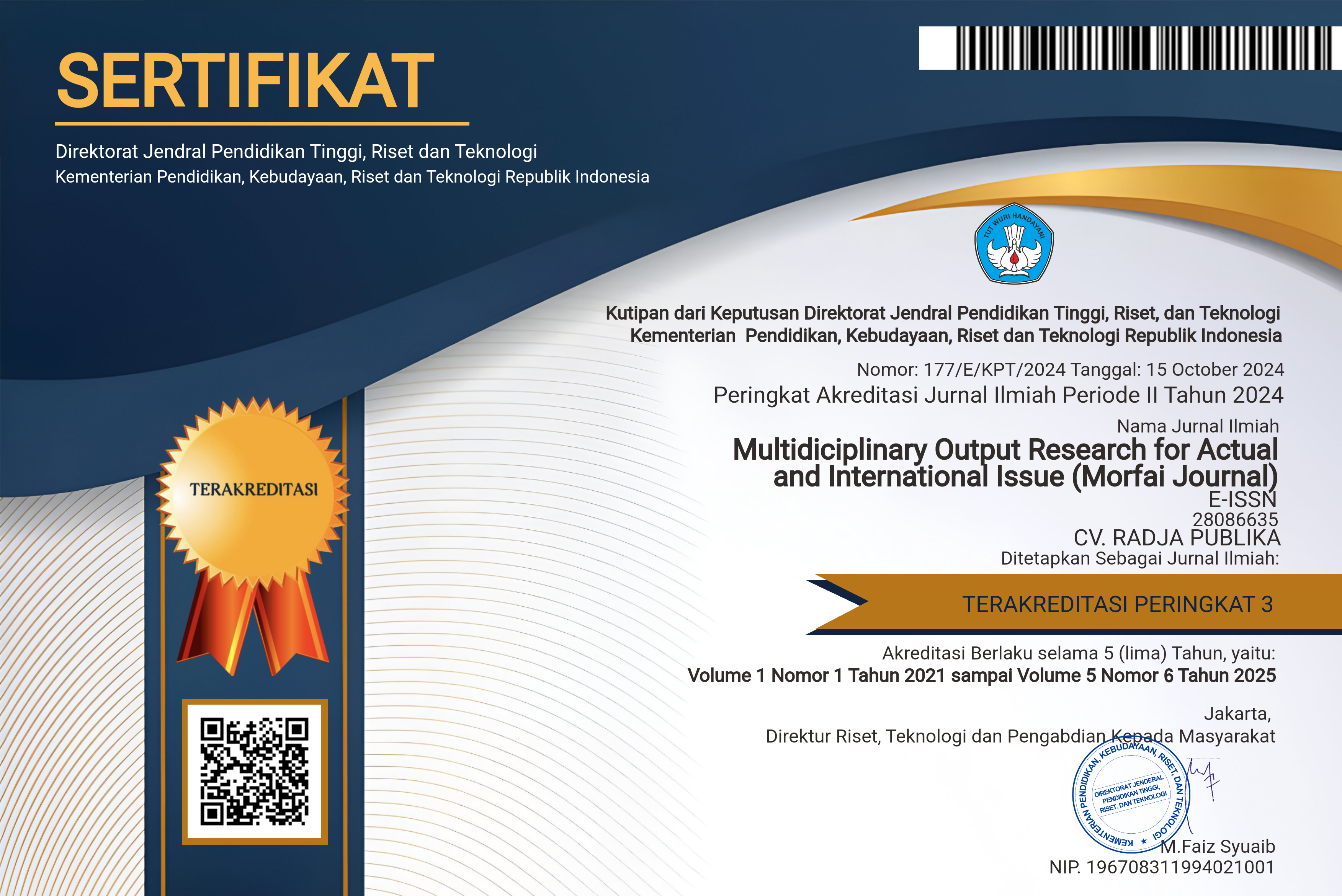SACRALITY AND SYMBOLISM OF THE BARIS KLEMAT DANCE AT PURA MENEGA, SESEH CEMAGI TRADITIONAL VILLAGE, BALI: AN ETHNOAESTHETIC STUDY
Main Article Content
Ni Putu Putri Laksmi Dewi
Ni Made Ruastiti
Ni Made Arshiniwati
Baris Klemat Dance is an aesthetic expression imbued with sacred and symbolic values within the religious rituals of the customary community in Seseh Cemagi Village, Bali. This study aims to examine the presentation structure, symbolic meanings, and sacred dimensions of Baris Klemat Dance, as well as how the local community internalizes these meanings in ritual practice. A qualitative method with an ethnoaesthetic approach was employed, using participatory observation, in-depth interviews, and literature review. The analysis was guided by the theories of Dance Structure (Kaeppler, 2007), Ethnoaesthetics (Merriam, 1964), and Symbolic Meaning (Turner, 1967). The findings reveal that Baris Klemat Dance is presented in a non-narrative form (without storyline), using "klemat" (miniature boats) as its main property. The performance consists of five structural segments: pepeson, ngelembar, pengawak, pecet, and mendak tirta to the sea. The dance is performed in pairs by male dancers, accompanied by Gamelan ... (to be completed), following a sacredly organized formation and movement pattern during the piodalan ritual at Pura Menega. Its sacred symbolism is reflected in the relationship between movements, costumes, and the klemat property, representing the coastal community's cosmology: the interconnectedness of humans, nature, and ancestors. For the people of Seseh Cemagi, Baris Klemat Dance is not merely an artistic performance but a form of devotional service (ngayah), a medium of spiritual communication with divine forces, as well as a means of cultural preservation and reinforcement of communal identity rooted in their spiritual and social value system. This study underscores the importance of preserving sacred performance arts in maintaining cultural continuity and cosmic harmony in Balinese society.
Astiti, NLPM (2019). Baris Goak Dance in Selulung Village, Kintamani (Bachelor's Thesis). Denpasar: Indonesian Institute of the Arts, Denpasar.
Arya, IMD (2020). The Sacred Lanang Rejang Dance in Seririt, North Bali (Bachelor's Thesis). Denpasar: Indonesian Institute of the Arts Denpasar.
Parmajaya, IPG (2020). Sacred and Secular Art: A Problem in Religious Social Life: The Perspective of Yadnya of Hindus in Bali. Kamaya: Journal of Religious Studies, 3(1), 59–76. https://doi.org/10.37329/kamaya.v3i1.377
Pranajaya, IK, Pertiwi, PR, & Winarya Prabawa, IWS (2023). The Sacralization of Space and the Value of Hunting Traditions in the Panjer Traditional Village. Journal of Hindu Religious Research, 7(2), 218–234. https://doi.org/10.37329/jpah.v7i2.2201
Wiranata, AAG, & Sarma, N. (2023). Art in the Dewa Yadnya Ceremony of Hindus in Palangka Raya City. Widya Katambung, 14 (2), 117–131. https://doi.org/10.33363/wk.v14i2.1123
Wirawan, IK (2019). The Religious Meaning of the Butterfly Baris Dance Performance in the Hindu Religious System in Mountain Bali. Stylistics: Journal of Language and Arts Education, 7(2), 174–191.
Sanger, M. (2017). Baris Dance as a representation of the ideology of chivalry in Balinese tradition. Journal of Art Discourse, 6(1), 101–115.
Ruastiti, NM (2010). Balinese Tourism Performing Arts in Cultural Studies. Yogyakarta: Kanisius Press.
Dibia, IW (2013). Nyuluk Masolah: Balinese Performing Arts. Denpasar: Pustaka Larasan.
Reuter, T. A. (2009). Tradition and Transformation: Community, Religion and the State in Indonesia. London: Routledge.
Kaeppler, A. L. (2007). Dance and the Concept of Style. In Anthropology and Aesthetics. Harvard University Press.
Merriam, A. P. (1964). The Anthropology of Music. Northwestern University Press.
Turner, V. (1967). The Forest of Symbols: Aspects of Ndembu Ritual. Cornell University Press.









